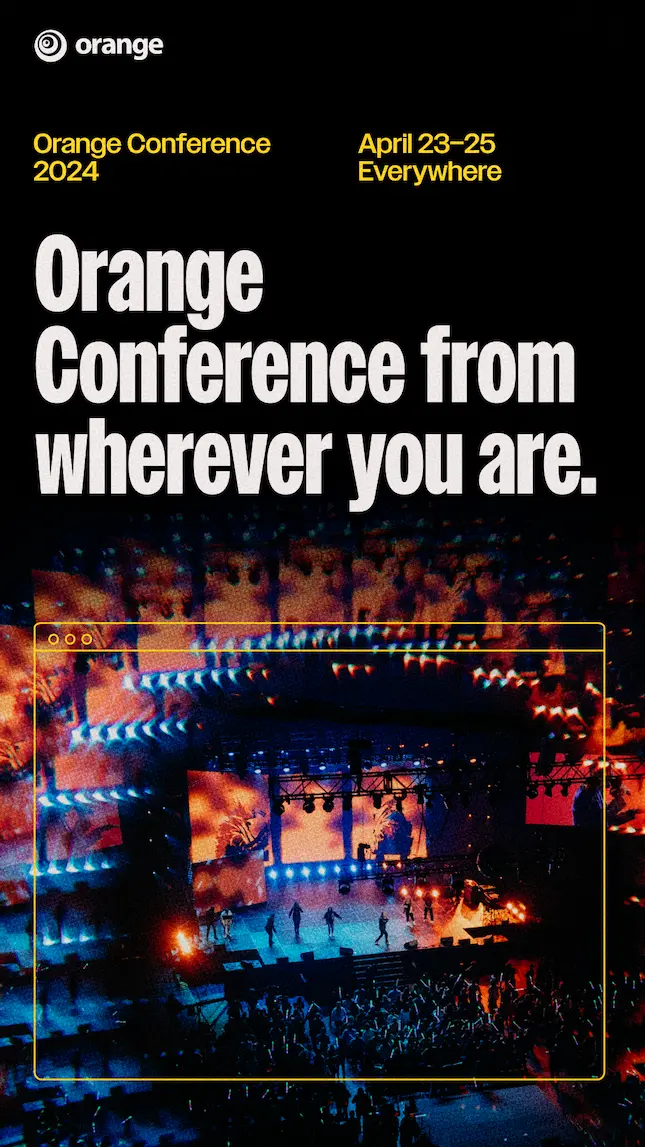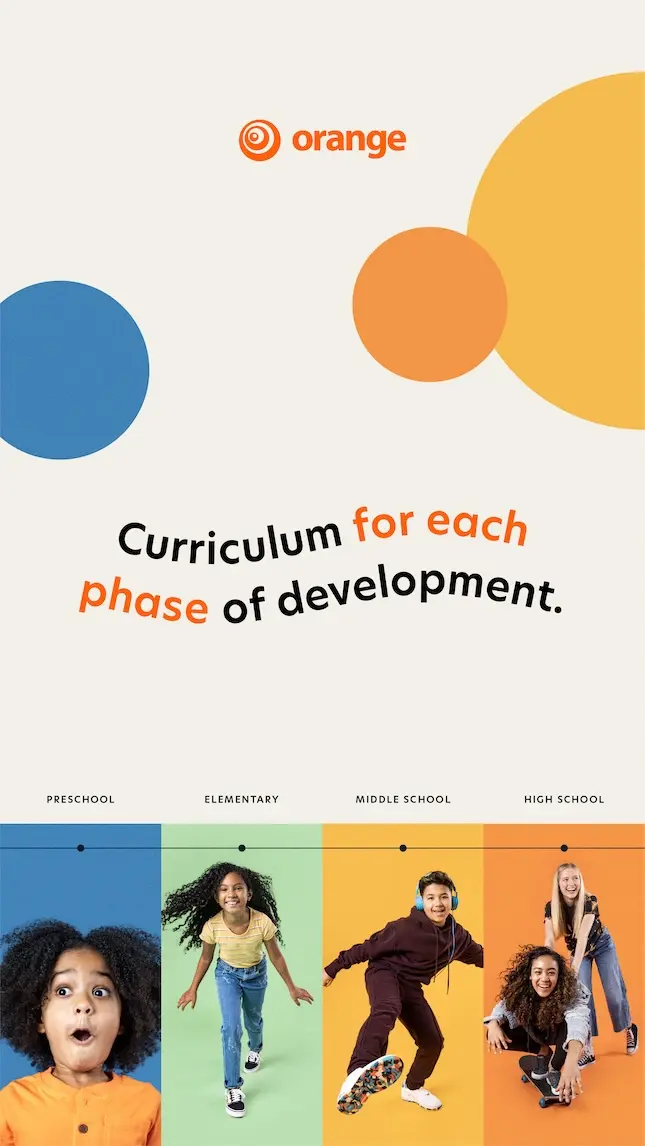A phrase I use often when talking about communicating to middle schoolers is this: break it down.
How can we break this idea down?
Can we break that question down better?
Let’s try to break these abstract phrases down.
Breaking it down doesn’t mean watering it down or dumbing it down. Because, truth be told, your middle schoolers don’t need that! They’re smart, capable, incredible students who have the ability to understand, respond, and apply what you’re communicating. That is, if it’s broken down in a way their brains can comprehend.
And one way to break something down? Simply categorizing.
Categorizing Your Questions for Middle Schoolers
Have you ever felt like no matter how many different questions you asked a middle schooler, they were only giving one-word answers in response? Or their answers were really vague? Like the conversation would just die every time you tried to get something out of them?
One of the most helpful things I have learned about communicating to middle schoolers is this: If you ask them too broad of a question, they don’t know what you are actually asking.
Open-ended questions are important. But if you give them a category to place your question, they are more likely to follow your train of thought or have an answer for you. Think of it as providing a structure for the question and conversation to follow.
Here’s what I mean by “break it down.”
It’s kind of like sorting our trash.
We have a bin for trash, a bin for paper, a bin for plastic, and a bin for compost, right? Well, for our purposes, say each bin represents a part of middle schoolers’ life. Family, school, friends, and hobbies.
If you ask a middle schooler, “How can you show people you care about them?” you may not get great answers. I mean, there are so many different ways to show different people you care about them! And how a middle schooler would say they show their family they care about them may be a totally different answer than how they might show their neighbor they care about them.
Middle schoolers are still developing the ability to think in layers. They may not even be able to identify the layers to the question. So, if you categorize the question, chances are you will get a better response because they know what you are actually asking and how to think about it.
So, instead of asking, “How can you show people you care about them?” you might ask these four questions one at a time instead.
- How can you show your friends you care about them?
- What about your family?
- How can you show your teammates you care about them?
- What about your neighbors?
In other words, create categories for their context that help break the question down.
This will work in a large group setting, a small group setting, or a one-on-one conversation with a middle schooler. Sure, categorizing takes more words, and it takes more effort for the one asking questions. But when we put big questions and ideas into categories for middle schoolers, we’re breaking it down in a way that will get better answers and set up better conversations.
And as leaders, that’s exactly what we want! To learn more about the idea of breaking down big ideas in ways that middle schoolers can understand, check out Communicating to Middle Schoolers: A Guide to Developing and Delivering Messages that Stick.



